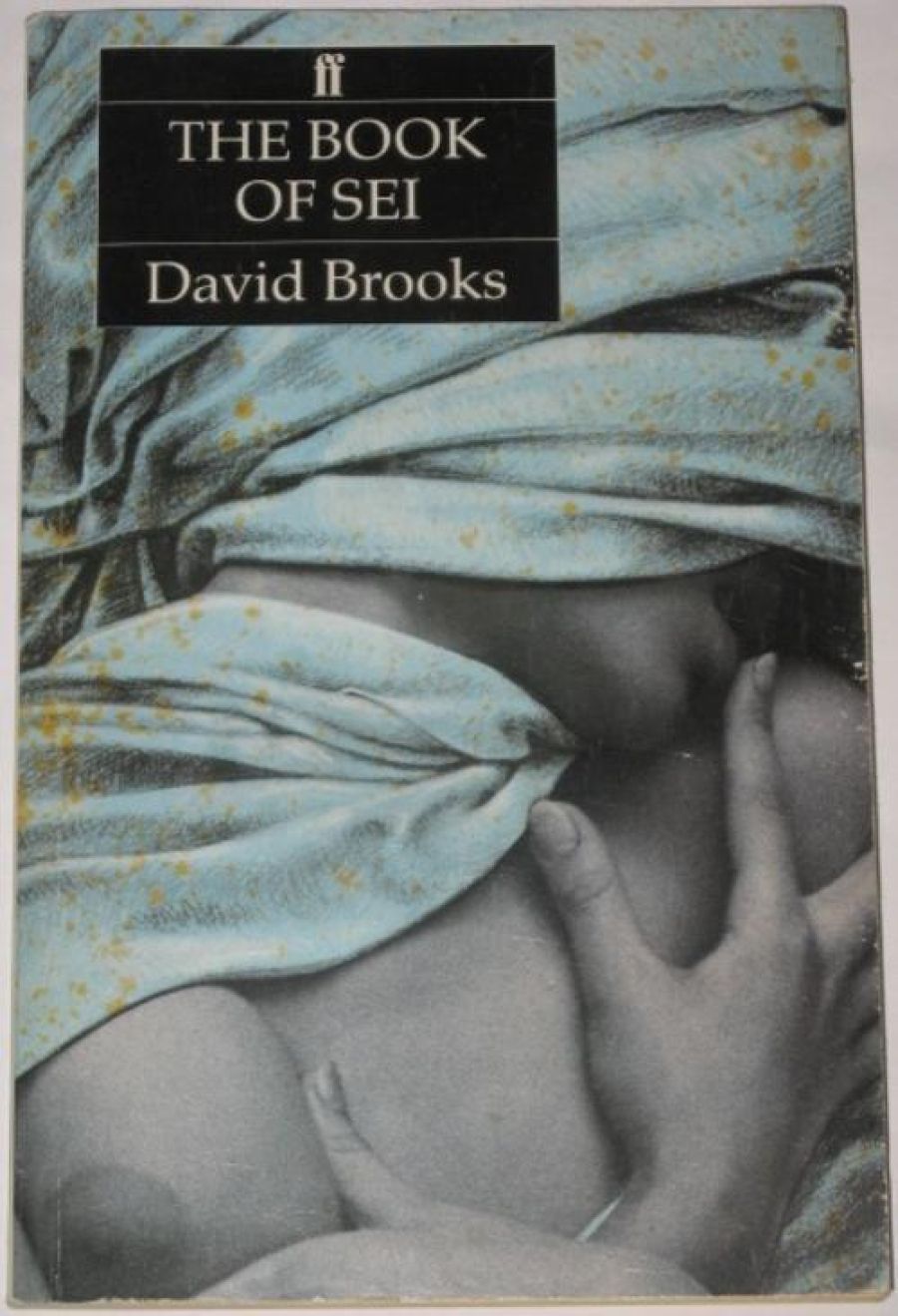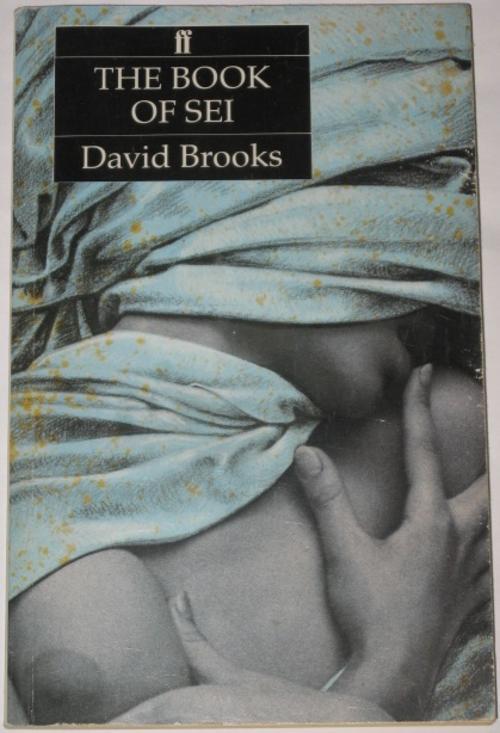
- Free Article: No
- Contents Category: Short Stories
- Review Article: Yes
- Article Title: Older Fictions, Newer Fictions
- Article Subtitle: Not so different?
- Online Only: No
- Custom Highlight Text:
A Window In Mrs X’ s Place presents nineteen stories by Peter Cowan written over a period of more than thirty-five years and taken from six collections already published: Drift (1944), The Unploughed Land (1958), The Empty Street (1965), The Tins (1973), New Country (1976) and Mobiles (1979). This selection is neatly introduced by another Western Australian writer, Bruce Bennett, who makes some clear and worthwhile points and notices, especially, Cowan’s shift into a more ‘bleak vision of human motives and behaviour’ in his later stories. This later ‘bleak version’ perhaps reflects (the ageing) Cowan’s view of modern Australia: certainly some of the stories manifest a nostalgia for things ‘as they were’, as well as a resistance to change and, more particularly, to the single-minded capitalist notion of ‘progress’.
- Book 1 Title: A Window in Mrs X's Place
- Book 1 Biblio: Penguin, $6.95 hb, 278 pp
- Book 2 Title: The Book of Sei and Other Stories
- Book 2 Biblio: Hale & Iremonger Pty. Ltd., $9.95 hb, 127 pp
- Book 2 Cover Small (400 x 600):

- Book 2 Cover (800 x 1200):

‘The Tractor’, a well-known story from Cowan’s third collection, shows just how this scene has changed: here, the land gets ploughed no matter what by a group of burly Australian men who now have only one last object to remove before their capitalist enterprise can succeed: a stubborn old hermit, a character who is almost mystically connected with the ‘unploughed land’, a kind of wiry nature-god committed to the pre-capitalist landscape and carrying out the kind of bloodless ‘terrorist’ stunts we thank Greenpeace for these days. The story puts its social conscience into a female character, the only female in the story: not surprisingly, she is marked out as ‘different’ by the men, both ideologically and sexually: The woman goes to warn the hermit of the land-clearers’ murderous intentions but, in doing so, unwittingly leads the men to him and thus herself assists in the kind of blind, blundering progress she finds so ‘distasteful’.
The woman in this story is a painter, an artist. Cowan looks at the way the artist herself, while certainly ‘different’ from the rest, is yet unable to make any impact on the system and, indeed, eventually helps that system along: it is, of course, the hermit who is really ‘different’, operating entirely outside that system with a total commitment even the artist cannot quite understand. In ‘The Tins’, from Cowan’s fourth collection of the same name, another painter meets a character, Jacobs, obsessed with the beauty of empty tins, piling them up in his shed and refusing to throw them away. This almost inexplicable obsession with things that as good consumers we would normally have discarded confuses the painter who has, until now, been a man without obsessions and commitments and responsibilities: he glimpses a very real and tragic world beyond his paintings, a world his paintings cannot hope to capture. Jacobs is, in a sense, a version of the silent and shadowy hermit in ‘The Tractor’: these totally ‘different’ characters are beyond the painters’ visions just as they are ‘beyond’ the realm of the stories themselves, which can hardly contain them.
Most of Cowan’s stories explore the tensions arising out of one character’s momentary glimpse of another character’s very different (and often inexplicable) world. In earlier stories such as ‘Drift’, this might simply be presented through a father’s glimpse of the very different aspirations of his children. In the later stories, however, ‘different’ characters come together at random, through chance meetings or pick-ups: a car breaks down in the middle of nowhere, a cross-country truckie gives two girls from the city a lift, and so on. The desolate settings of some of these later stories, where in ‘Mobiles’ or ‘The Brown Grass’ a character from the city (female) somehow rips off a character from the country (male), gives Cowan’s ‘bleak vision’ free rein: here, in fact, the mood of the stories is rather sour (and sexist). This later ‘bleak vision’ notwithstanding (and the stories were hardly full of joy and good humour to begin with), the tensions represented and explored in thirty-five years’ worth of writing do not seem to have changed much: indeed, the dropping of inverted commas in dialogue seems to be Cowan’s only concession to the kind of progress he too must find ‘distasteful’. This selection testifies to Cowan’s consistency, even in his choice of titles: they are always short, specifying a particular item or motif (‘The Tins’ or ‘Mobiles’), or a particular place or setting (‘The Beach’, ‘The Corner’, ‘The House’). The longest title is the title story itself, ‘A Window in Mrs X’s Place’: here, a muddled and rather unlikeable narrator gives us a glimpse of a character so utterly ‘different’ from himself that even her name remains a mystery to him. This is the last story in the selection, and the most nostalgic: the narrator looks back to his student days, that unploughed virginal world smothered by the corrupted city he now finds himself trapped in, a ‘prehistorical’ world that, again, fiction itself can no longer properly grasp (a world beyond ‘all I had read’, p. 278).
David Brooks’ first collection of short fiction, The book of Sei and other Stories, is full of poorly-understood characters with names like Cowan’s ‘Mrs X’: ‘The Poet N’ is perhaps the best example. The stories unashamedly set themselves in a ‘prehistorical’ world that is now totally mystified, a Borgesian world of fairy tales and mystical cities and states of mind. Indeed, Borges seems to have been plundered here, for better or worse: Brooks’ narrators often take the role of acolyte searching for a master (or mistress) they can admire or resemble. ‘The Poet N’ is, again, the best example and leads me to draw a comparison between the narrator’s poor understanding of N’s ‘wonderful, yet somehow profoundly disturbing poetry’ (p. 93) and Brooks’ apparent poor understanding of Borges and the few other Latin American and Continental writers who seem to have overinfluenced this collection.
‘The book of Sei’, a story of about thirty pages, is particularly unspecific in its setting (though, oddly, it makes some occasional claim to be ‘Australian’): the place is ‘uncharted’ and ‘poorly mapped’ (p. 11), and so on. The story clearly aspires towards the ‘prehistorical’ form of fairy tale, where nothing is specific and everything is mystified. Here, a young man arrives at a strange cottage in a forest. The cottage is inhabited by an even stranger woman, a weaver as it happens, who puts him up for the night. It’s only a matter of time before the woman ‘comes to him’ (after all, she does live alone), and the story goes on to describe the various sexual positions they take up in their ‘union’. These positions are described literally and figuratively, the coupling couple being identified with ‘natural’ things, animals and birds (‘The Crab’, ‘The Eagle’ and so on). But the interesting thing here is that, by and large, the woman is always either underneath the man or totally ‘beyond’ him: she is both the sex object (‘She was the bitch beneath him … He sits above her as if in a saddle’, pp. 13–14), and yet is totally mystified, ‘never comprehended’. Now Brooks’ own position (as it were) may not be entirely clear here, but this story seems to me to represent the kind of conventionally sexist view of the female as analysed by (the late) Simone de Beauvoir and others: this story (and others in the collection) lapses into a form of sexism that, these days, seems either naive or offensive. Of course, the story is set in those days: this rather pointless Kama Sutra exercise is presented through the ‘prehistorical’ and unspecific fairy tale form as if that makes it universally ‘true’ (which is even more offensive). This turns what might have seen itself as new or innovative into something very conventional and, I would say, reactionary: as Roland Barthes has noted, the language of mystification is also the language of the Right.
In fact, another story in this collection, ‘Striptease’, invites a specific comparison with Barthes and his own essay on striptease in Mythologies. The story has clearly been influenced by Barthes’ remarks, going on to ‘analyse’ the semiotics of striptease: the narrator tells us, striptease is a ‘code’, a ‘transmitter’, and so on. Yet the mystifying strategies of Borges creep into the story too: the narrator also says that striptease is ‘a labyrinth, a maze within a vast house of mazes…’ (p. 114), and he then tells us that it is perhaps not a ‘code’ after all (‘… I am not really so sure’, p. 114). The total effect of this is that, more than likely, Brooks (or, at least, his narrator) doesn't really know what striptease ‘is’ at all. Whereas Barthes had rigorously demystified the event, Brooks tries to maintain a pluralism that again lapses into the contrary language of mystification. What is more, for all his pretensions towards analysis, the narrator always remains in the conventional role of voyeur: as in ‘The book of Sei’, the woman ‘comes to him', leaving him satiated and (since there is an intelligence here) mildly perplexed and ‘concerned’. To be fair, the story does try to posit links between the fact of striptease and the nature of the society that allows it; yet the implication is that striptease has always been here, that women have always behaved like this.
Much more so than Cowan, Brooks seems interested in things ‘as they were’: one of his stories in particular, ‘The Dolphin’, beings at the beginning, so to speak, of creation itself: ‘I am going to try to tell you how it was… In any case it’s that, “the first place”, that I want to talk about’ (p. 46). Starting at this ‘prehistorical’ point of origin, the story goes on to look at evolution, as if it all began with one coherent ‘family’ of beings that somehow branched out into the life forms we know today (dolphins, man etc). The evolutionary process is, as we would now expect, totally mystified; and what is more, the implicit lament – that there was once a definable and organic community that sadly split up into specialised units – seems again to be essentially reactionary. The story juxtaposes change and evolution with ‘unchangeable principles’ (p. 44), revealing the kind of conservatism that recognises difference but wishes everything would have stayed the same. A standard metaphor expresses this in ‘The book of Sei’, where the relationship between the man and the woman is presented as if it is a river (always changing) running into the sea (always the same, eternal): indeed, the passage unwittingly echoes the title of Patrick White’s new novel: ‘Many although they remained one, one though they changed so often …’(p.30).
I’ve heard it suggested that Brooks is the ‘new’ Peter Carey, possibly because in the midst of a return to realism in contemporary short fiction he is writing ‘fantasies’. The unspecific nature of Brook’s landscapes and the vagueness of his narrators (‘There is no way of telling … I can never determine …’ etc., pp. 47–48) seem rather to echo certain stories in Michael Wilding’s early collection, The West Midland Underground; they lack the rigour and humour of Carey’s stories which, of course, were set ‘in history’ rather than outside it.


Comments powered by CComment